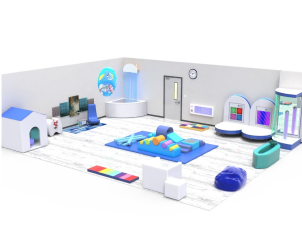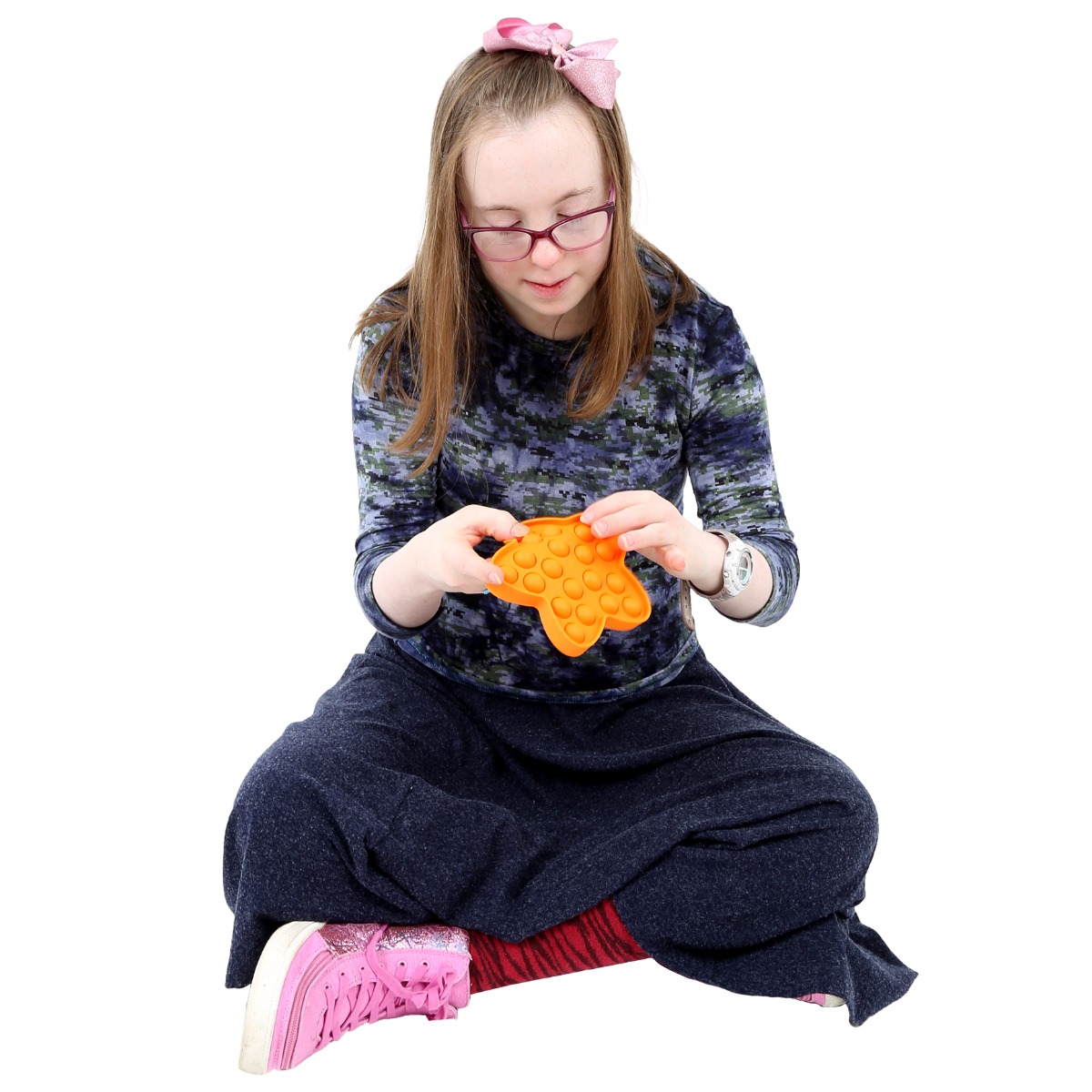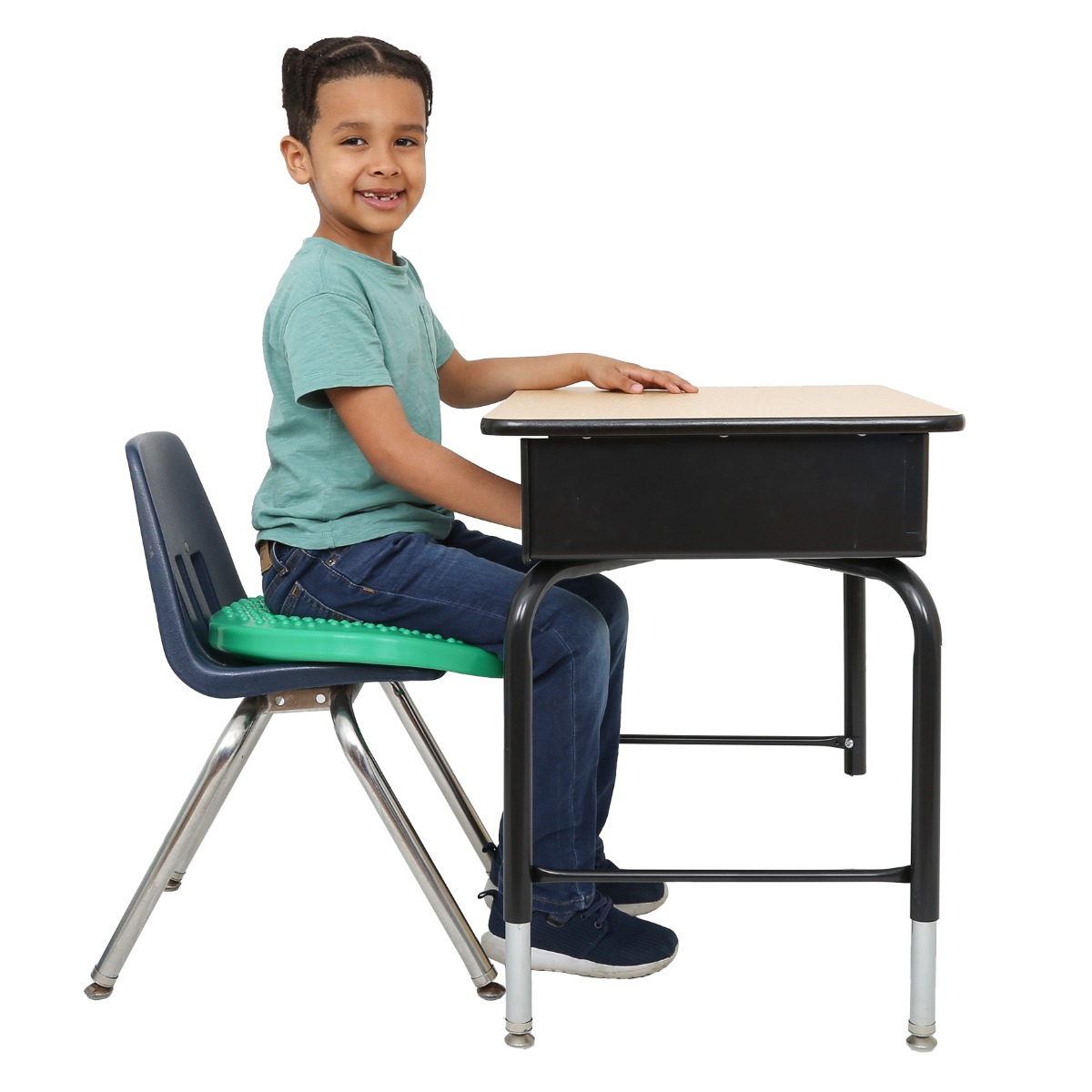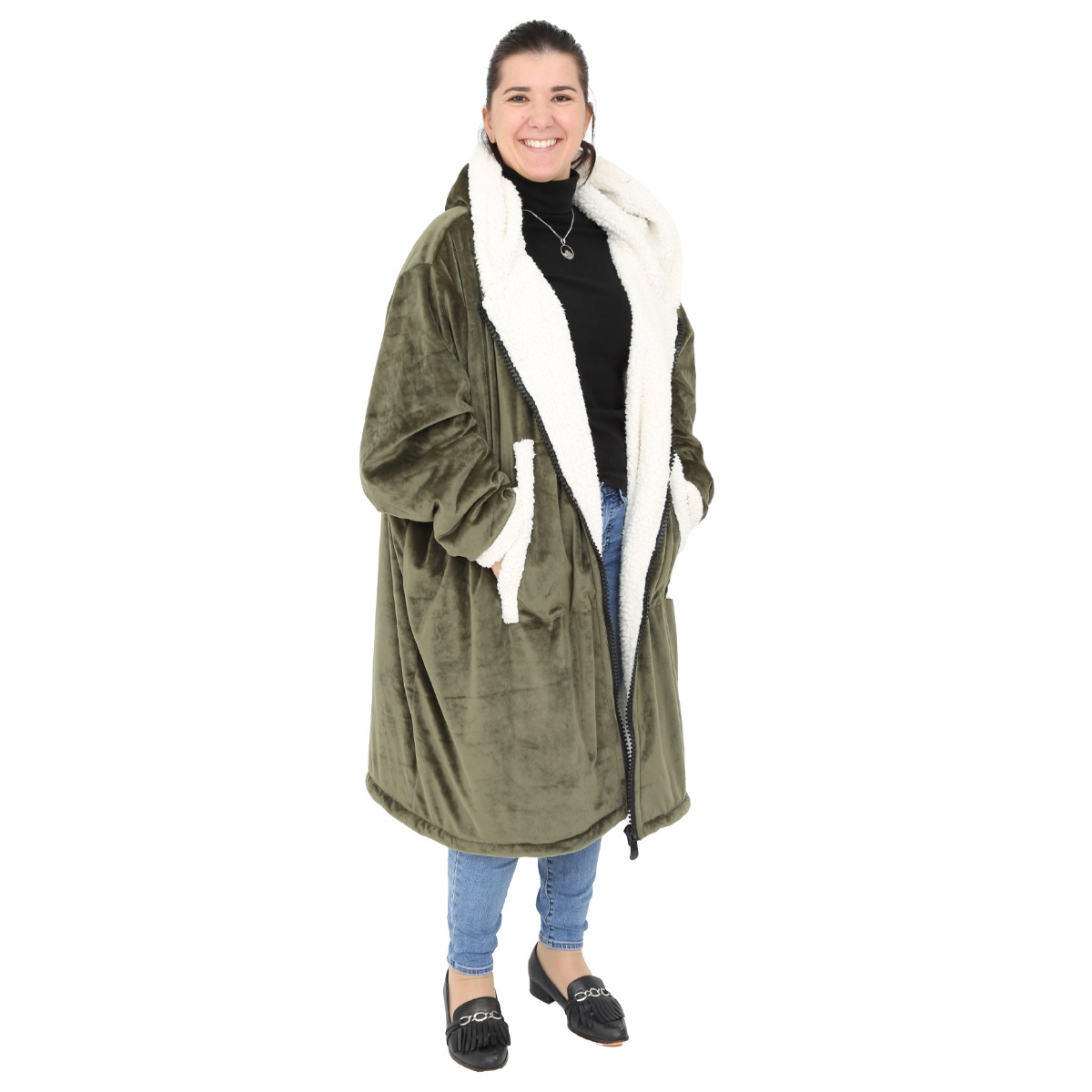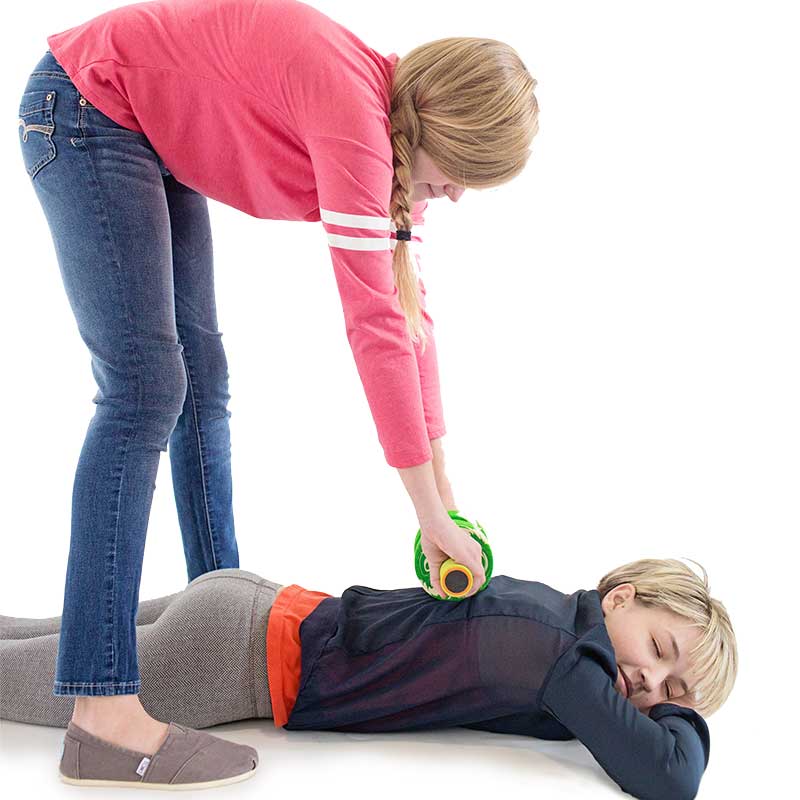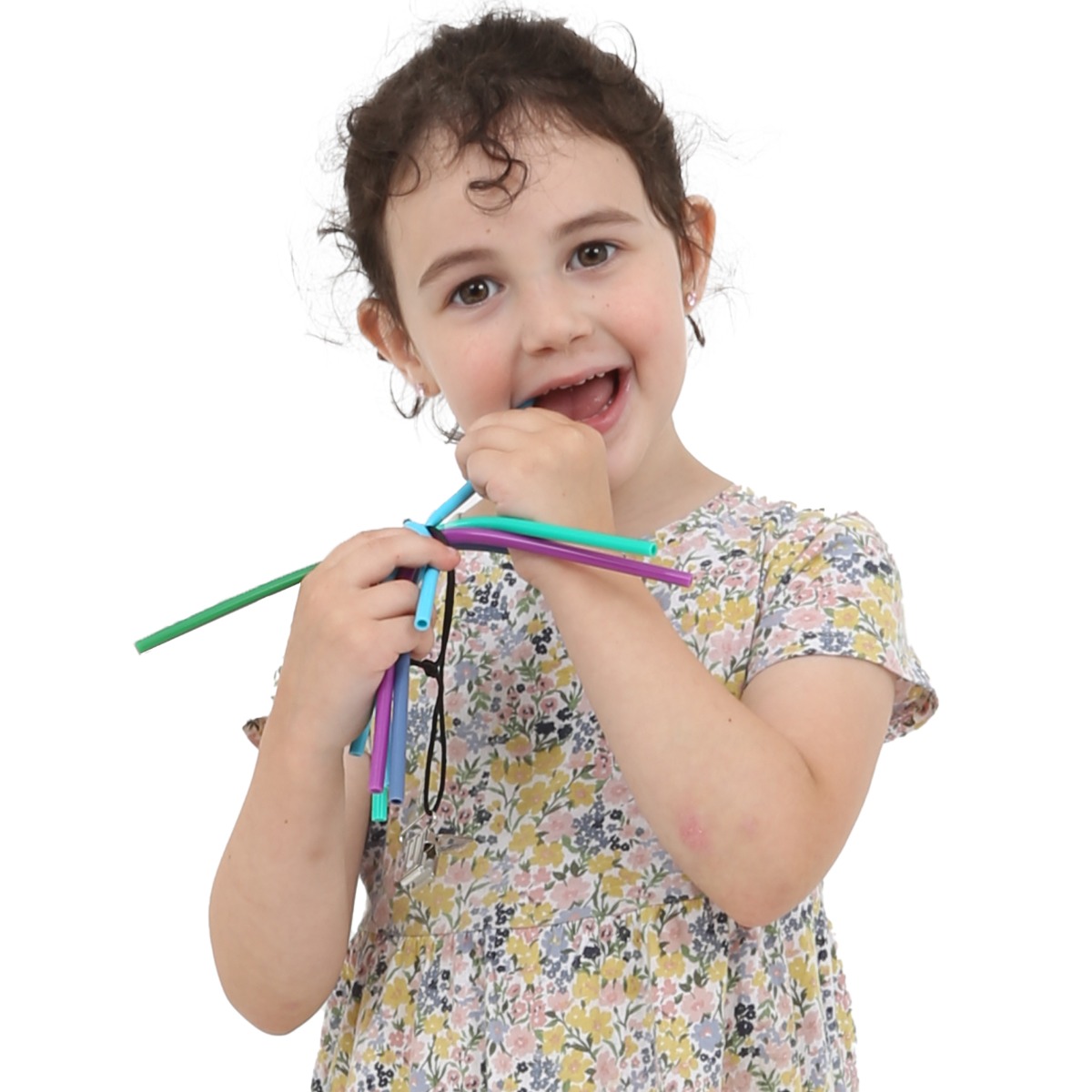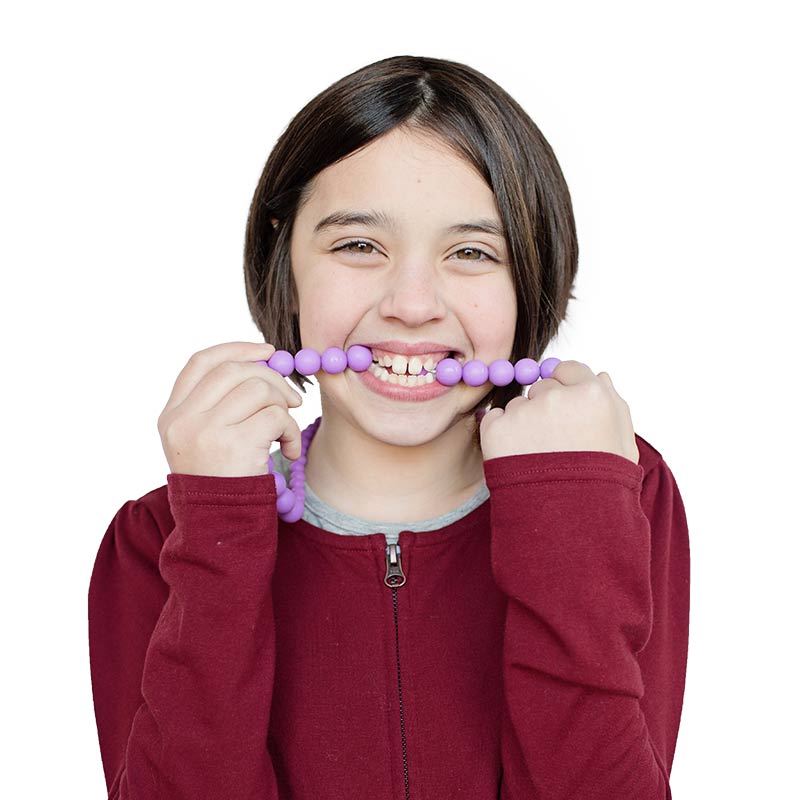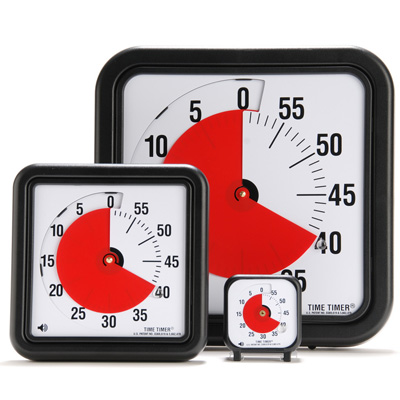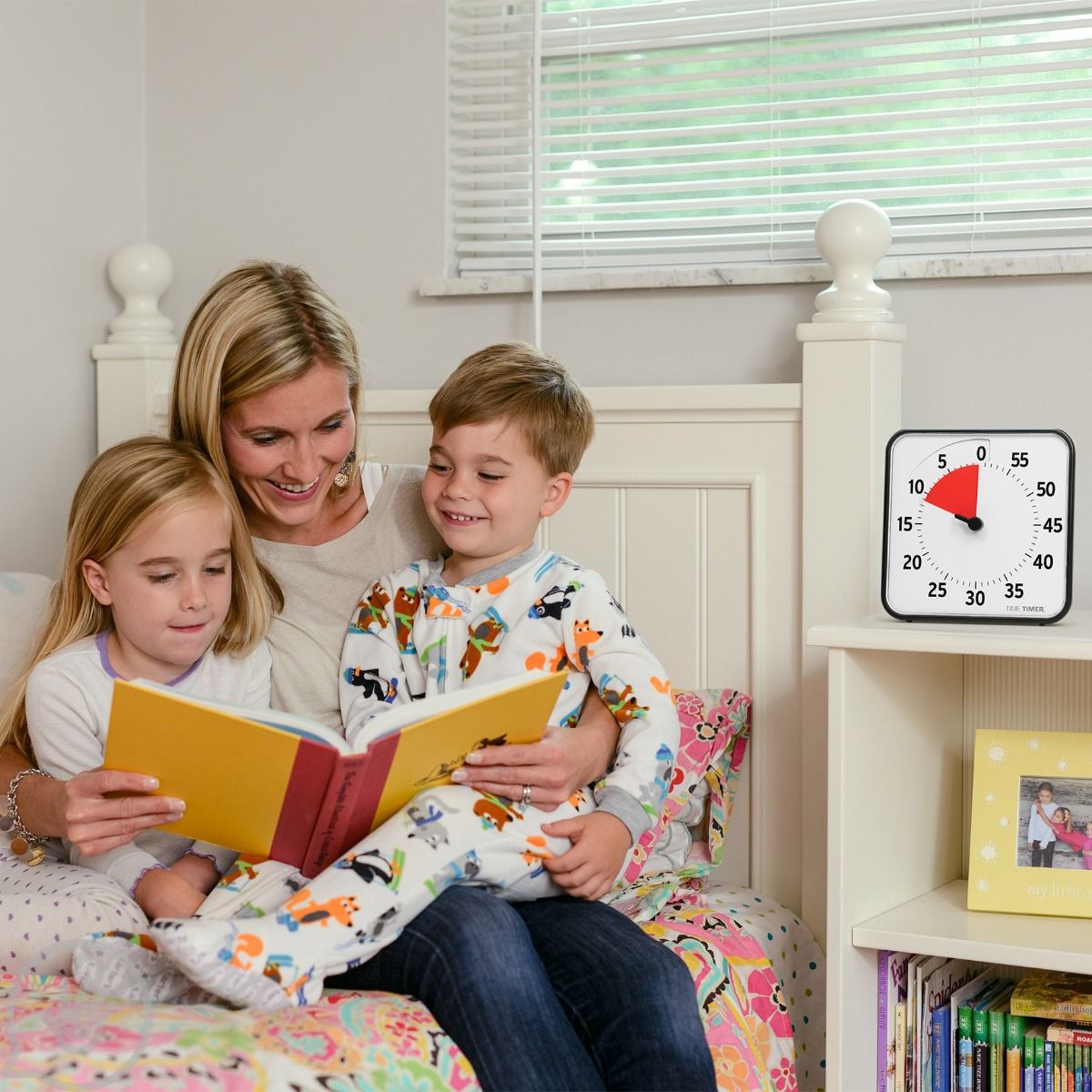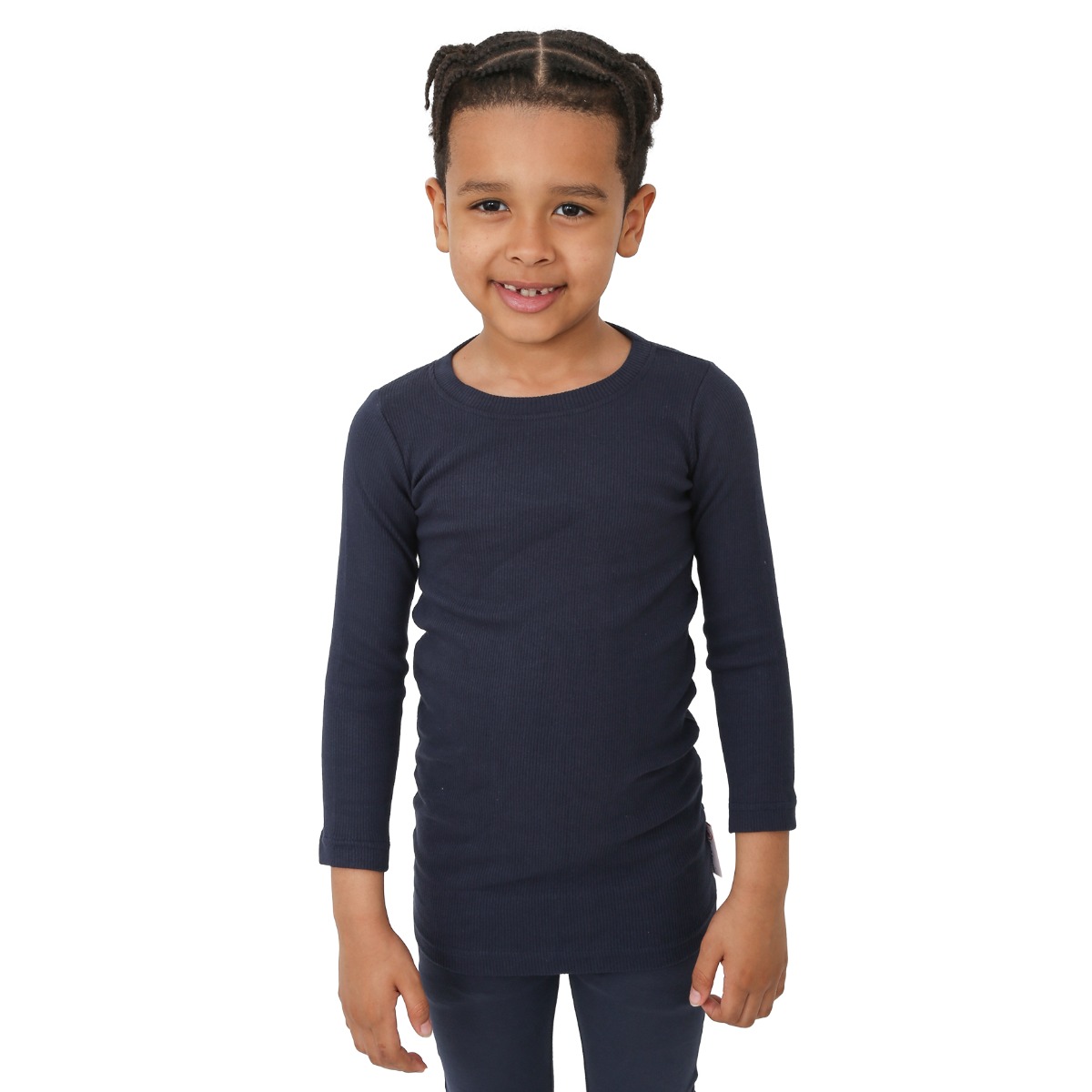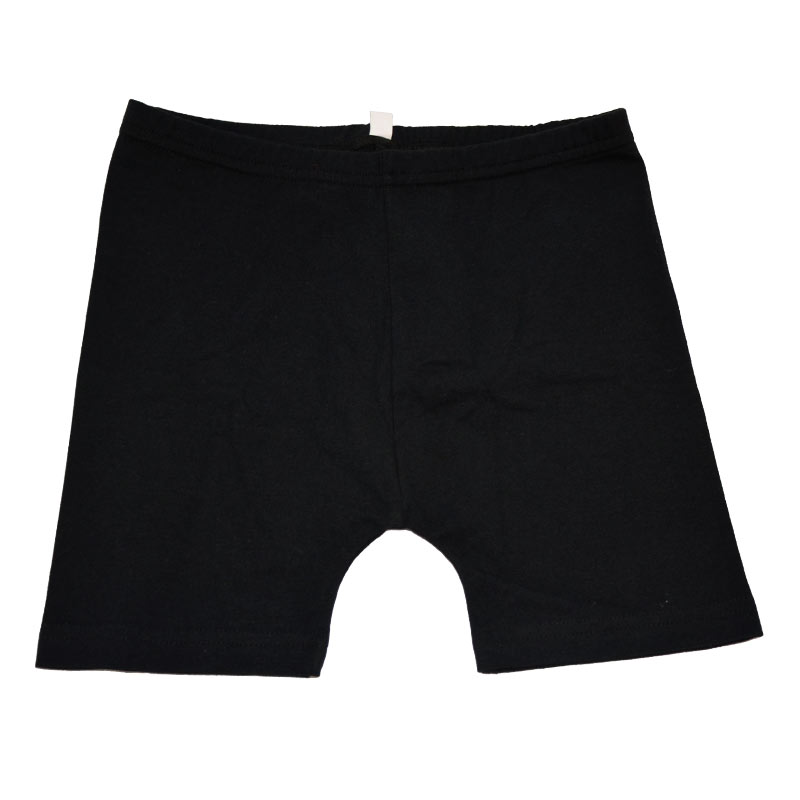Updated by Rivkie Berger, OTR on 09/14/2023.
At the beginning of the school year or after a vacation, parents often grapple with questions about sensory processing disorder in the classroom and at home. Our expert occupational therapists are sharing their insight for some of the most common questions we hear.
What activities can my child do in the classroom to increase attention to tasks?
One of our core beliefs is that active minds need active bodies. Providing movement opportunities in the classroom environment is crucial for increased focus. There are many sensory tools that allow kids to get the movement they need while still participating in the class activities.
Students can sit on a Squeezie Seat or Wiggle Cushion to maximize movement while sitting in place. Fidgets are great for kids to keep their hands busy as they pay attention to the teacher, without disturbing their neighbor.
Heavy work activities are also great to help students renew their focus throughout the day. Encourage kids to carry books to different places in the classroom during transitions. Get proprioceptive input with a Bounce Board. Dance moves or yoga with Hand Eye Coordination Scarves can also add meaningful movement to the day.
What weighted products would help my child throughout the school day?
Weighted products are terrific tools to calm, organize and focus students because of the soothing pressure input. Kids can slip on a weighted vest when they feel overwhelmed or anxious. Introduce a weighted lap pad for circle time. For a quick burst of deep pressure input, try a massage with a Pressure Foam Roller to regulate a child’s sensory system.
When my child is anxious, he chews on his clothes and places other things in his mouth. What do you suggest as an alternative?
Oral motor input, such as chewing and sucking, is a great sensory regulator. We see its calming effects first with babies! A chew tool can work wonders to help kids self-regulate and self-soothe, improving productivity in class. Sensory chewies come in a variety of textures, shapes, materials and densities. The Chewy Pencil Sleeve is perfect for kids who tend to chew the ends of their pencils. If a student often gnaws on their clothing, then the Textured Bangle Bracelets or Chewelry Necklaces are a safe alternative.
In addition, pack some crunchy foods and snacks like pretzels, apple slices and carrots. Use chewing gum if the school will allow it. Remember to make the time for movement breaks, which can mitigate the need to chew.
My child has such poor sleep habits following vacation. How should we help them adjust?
Consistent bedtime and morning routines provide kids with a sense of stability as other things change. To ease the adjustment, move bedtime by 15 minutes every few nights until the regular school bedtime is reached. Do the same for wake up in the mornings!
A visual timer, like the Time Timer, can help reinforce scheduled routines for kids with sensory processing needs. If they are competitive, turn it into a race against the clock to see if your child can complete their homework, get ready for bed, or leave for the bus before the clock runs out.
How can I prepare my child for recess and the playground?
Recess is hard for some children because they have trouble managing unstructured time. For others, delayed social skills can lead to exclusion or even bullying. Help your child plan for recess by discussing it in advance, using role play or reading a social story to anticipate the challenges. Encourage your child to join in games or seek out a familiar friend to ease into the playground setting. If your child has a toy like a soccer ball or jump rope to bring with them other kids will be more likely to seek them out to play. Teachers can help by reviewing the day's schedule and providing special cues for children who need them.
Next year my child will start a new school. How should I prepare them?
Preparation can be key in transitioning to a new school. Schedule a visit with the school before the start of the year and spend a few minutes walking around the building with your child, pointing out places that will feature in their school routine, like the library, cafeteria, gym, their classroom and the playground. Locate your child's locker and practice the combination, if they have one.
Also include your child in the back to school shopping for clothing and supplies. This can help build excitement for the new year to come. Try to get contact information for other kids in your child’s class so that they can meet before the first day of school. Having a familiar face in the classroom can greatly help reduce social anxiety.
Remember, you’re not alone
No matter what you or your child are anxious about, remember that many other families are experiencing similar sensations. Keep the communication lines open between yourself, your child and their school team. Working collaboratively will be the best way to set your child up for a successful year in school.
Explore our resources to help support your child throughout the school year.






